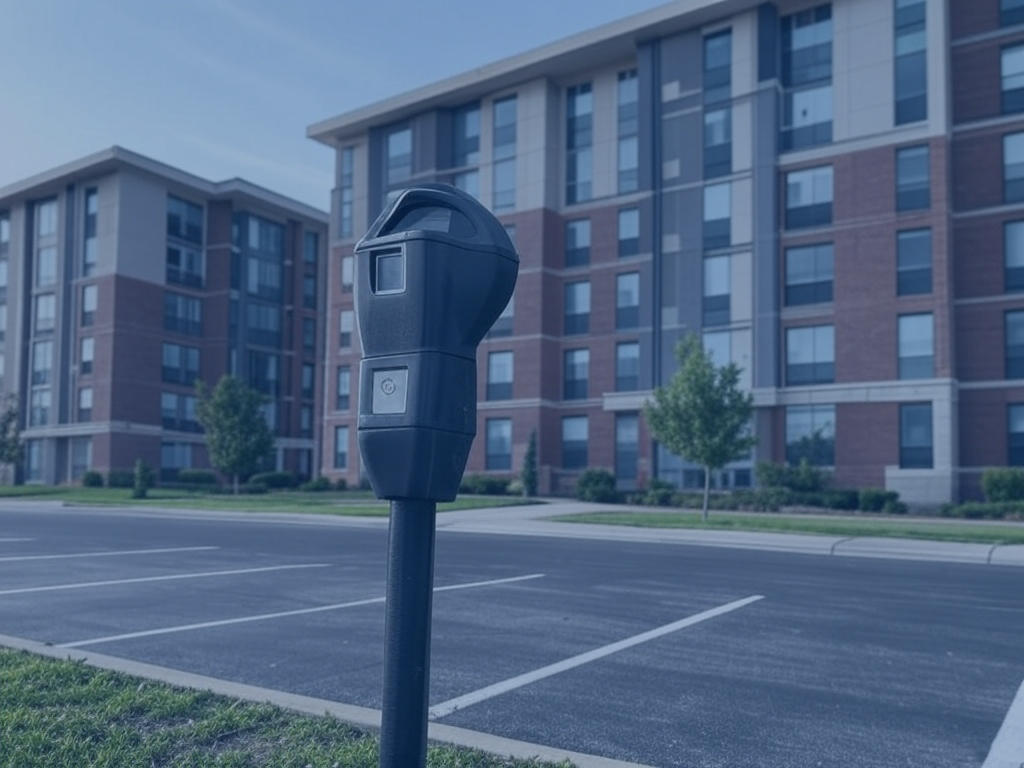Does your company grapple with the challenge of not having enough parking spaces at work? We understand your predicament. This issue can disrupt your employees’ satisfaction, environmental stewardship, and real estate expenditure.
Fortunately, with the advancement of technology and innovative strategies, managing employee commutes has become easier than ever.
Here, we present five key strategies to overcome the issue of limited parking.
Table of Contents
ToggleNot Enough Parking Spaces at Work? Wayleadr is the Answer
Unoccupied parking spaces are common even in the busiest workplaces. Employees on leave or working remotely leave their designated spots unused. Add to this, the first-come, first-serve spaces that might be full at 9 am but start clearing out by 11 am.
Boost Parking Availability by 40% with Wayleadr!
Discover how our innovative parking management software can maximize your parking space and minimize employee parking frustrations.
Learn MoreAccording to estimates, an over-demanded parking lot could have almost half of its space lying empty at any given time.
“The first thing to understand is that even the busiest employee car parks have wasted space.”
Here, technology-driven solutions like Wayleadr come into play. Leveraging advanced parking management software, Wayleadr optimizes your employee parking lot, eliminating wastage and unlocking value.
How does it work?
- Employees join your office’s digital parking lot where access and privileges are tiered.
- Employees indicate their parking needs regularly, which are processed by the Wayleadr.com software
- The software then notifies employees whether parking is available for them.
Incorporating parking management software like Wayleadr can boost parking availability by up to 40%, making it a cost-effective, efficient, and automated solution.
Manual Space Sharing: Is It the Right Solution?
For smaller businesses, manual space sharing might seem like an economical choice. A shared spreadsheet or communication through a WhatsApp group or Slack channel can manage the allocation of parking spaces.
“Ironically the cheap solution can cost companies a fortune in salaries to administer.”
However, as your company grows, so does the complexity of manual parking management, often resulting in massive administrative overheads. If your company has more than 5 parking spaces and 10 employees, investing in an automated solution like Wayleadr might be a more effective choice.
Rent Additional Spaces: Necessity or Avoidable?
Often, companies resort to leasing additional spaces to cope with parking demand. But with increasing scarcity and cost, it might be beneficial to optimize the existing resources before considering external options.
I’ve previously written an in-depth guide on tackling this, check it out – Mastering Parking Space Rentals: Top Strategies for Businesses
The main takeaways are that space is becoming harder to find and more expensive to lease. However, if you really need space you should explore the following avenues:
- Local commercial real estate agencies
- Local car park operators
- Popular parking marketplaces in your area
Employee Parking Charges: A Balance between Satisfaction and Environment
Implementing parking charges might seem counterintuitive. But, it’s crucial to balance employee satisfaction with environmental commitment.
Transport planners are starting to realize that the best way to reduce parking demand is to introduce charges. For many companies this seems counter-intuitive, employees will be up in arms.
However, there are lots of clever ways to introduce parking charges to help reduce parking demand without an employee revolt.
Many companies offer staff a limited number of free days at the office to cover emergencies. If an employee would like additional days they pay themselves.
Other companies choose to donate all the proceeds from the parking lot to charity to show it’s not for revenue, but for the environment.
Companies like Version 1 successfully implemented this strategy using Wayleadr. Learn more about their success story.

Other Modes of Commute: A Step Towards Sustainability
It sounds simple but the easiest way to reduce parking demand is to encourage staff to travel to work in other ways.
Encouraging other modes of commuting such as cycling, public transport or walking can also help reduce parking demand. Transitioning away from single-occupancy vehicles can contribute to environmental sustainability while alleviating parking issues.
This is why we have recently developed a new, exciting Carpooling feature for Wayleadr. Introducing Waypooling, an intuitive, flexible carpooling platform that seamlessly integrates with your existing systems.
To sum it up, ‘not enough parking spaces at work‘ isn’t an obstacle, it’s a chance to innovate, plan, and grow. So, let’s start making change happen, together, with Wayleadr.
Join industry leaders from companies like Sanofi, Indeed.com & CBRE, schedule a demo with Wayleadr.com today and solve your parking problems with the click of a button.












